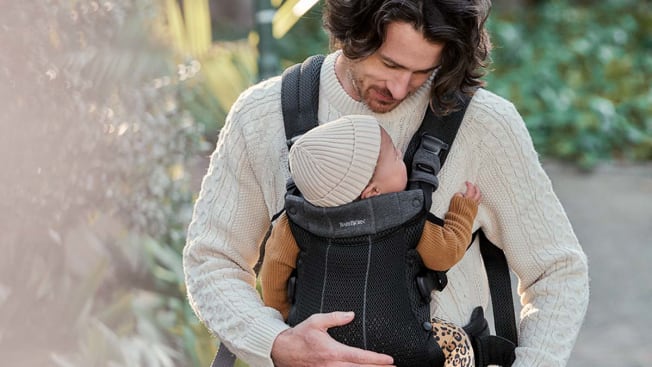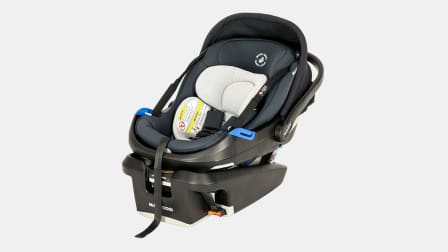Best Baby Carriers
We recruited 15 mothers to provide their initial impressions of six baby carriers from popular brands like BabyBjörn, Ergobaby, and Infantino to find out which are the most comfortable, easy to adjust, and easy to use
When you shop through retailer links on our site, we may earn affiliate commissions. 100% of the fees we collect are used to support our nonprofit mission. Learn more.

The freedom to get up and go becomes a lot less realistic when you’re the parent of a small child who now has tons of stuff to lug around. Baby gear like strollers, diaper bags, snacks, and bottles can be encumbering, which is one of the reasons why baby carriers are such a treasure. A baby carrier allows you to keep your baby close to you in a safe, secure place that frees up your hands and gives you freedom of movement.
How Each Baby Carrier Did in Our Evaluations
Most of our baby carriers ranked similarly high, but there were some differences among them when it comes to carrying positions, key features, and size inclusivity. Here is how each carrier fared.

















